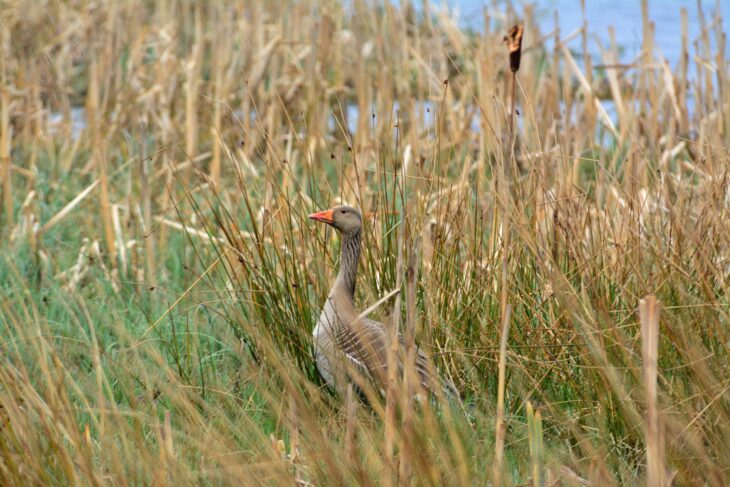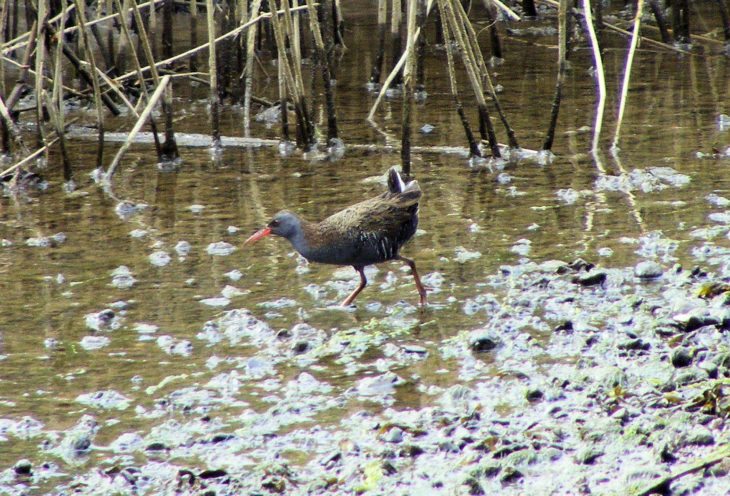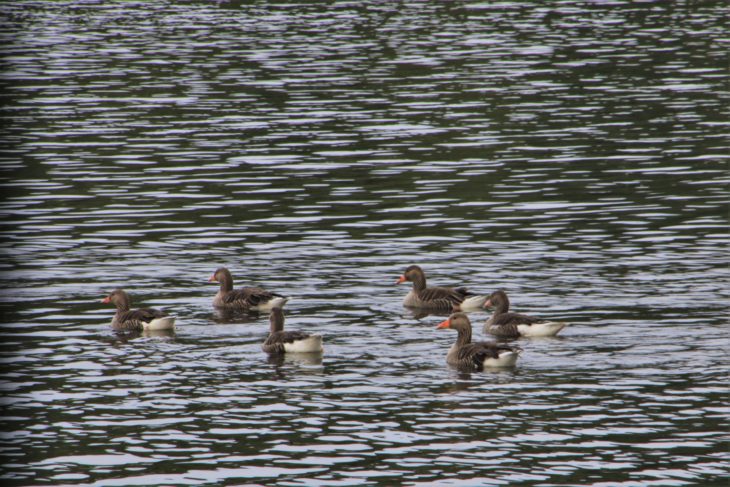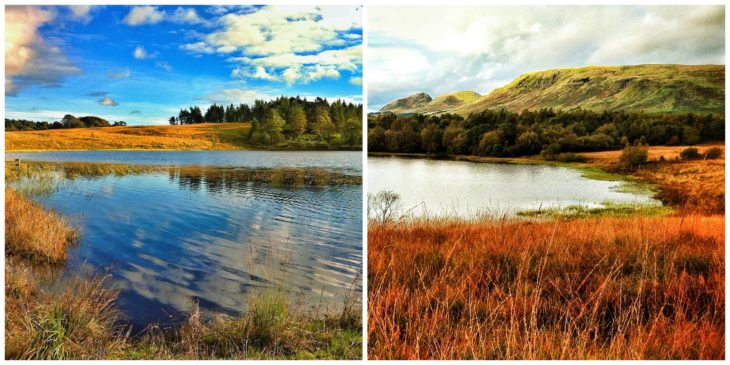Wonderful wild wetlands
Wetlands are a haven for wildlife and well worth a visit at anytime of year. Here are some of the Trust’s watery reserves.

Bawsinch and Duddingston Loch Wildlife Reserve, Edinburgh
A short distance from the city centre and the only natural freshwater loch in Edinburgh, Duddingston Loch attracts large numbers of waterfowl. Otters have been spotted swimming along the shore in winter. The reserve is also an important breeding site for herons.

Balgavies Loch Wildlife Reserve, Near Forfar, Angus
Long recognised as an important site for wildlife, Balgavies Loch is surrounded by reedbeds and wet willow woodland. The reserve attracts birds including water rail and great crested grebe, and ospreys fish on the loch during summer.
Bemersyde Moss Wildlife Reserve, Near Melrose, Borders
A long strip of marsh, willow scrub and open water. Bemersyde Moss is home to large numbers of wintering wildfowl including teal, goldeneye and wigeon. Otters are sometimes seen from the bird hide.

Knockshinnoch Lagoons Wildlife Reserve, Near Cumnock, Ayrshire
A diverse mosaic of islands, lagoons, marsh, reed beds and wet woodland created surrounded by coal bings on the upper River Nith Valley. In summer Knockshinnoch Lagoons reserve is home to breeding birds including water rail, whinchat, and reed bunting, flocks of migrating birds including barnacle and greylag geese and whooper swans can be seen in winter.
Loch of Lintrathen Wildlife Reserve, Near Kirriemuir, Angus
Loch of Lintrathen is the main water supply for Dundee and Angus. A number of birds live on the loch including tufted ducks, shovelers, and coots. In winter the reserve hosts wildfowl including several thousand greylag geese that migrate from Iceland.

Loch Ardinning, Near Strathblane, Stirling
The loch is a rich habitat for butterflies and dragonflies, as well as the delicate water lobelia, which comes into flower in July. Mature willow, alder and birch trees fringe the south side of Loch Ardinning while reeds and rushes at the northern end provide cover for wildfowl including tufted ducks.
Help protect Scotland’s wildlife
Our work to save Scotland’s wildlife is made possible thanks to the generosity of our members and supporters.
Join today from just £3 a month to help protect the species you love.
Preface
To mark World Wetlands Day here are some of our favourite wet and watery Wildlife Reserves. Each one is a haven for wildlife and well worth a visit, click on the reserve page to find out more.
